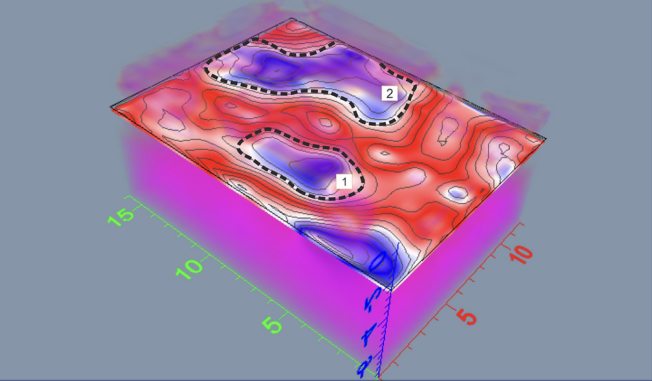Archaeology
Search and location of archaeological remains
Search and location of archaeological remains
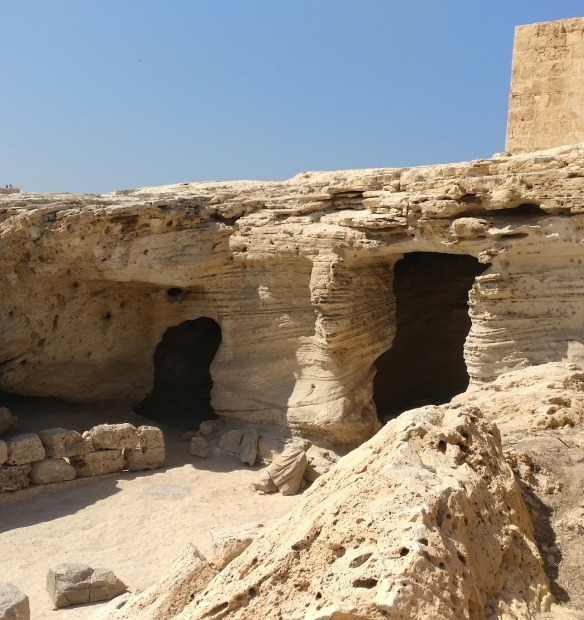
GPR is based on “stacking” a series of ultra-wide band electromagnetic pulse emissions that are sent directly into the subsurface. The Radar captures information about the different conductive properties of the lithology directly under the device.
The radar records the conductive differences, and shows - in section view - a geophysical based interpretation of different lithological interfaces, layers or objects. Old GPR technology uses a transmitter with a power transistor voltage of about 50v. Old GPRs were limited to only being effective in light soils with low signal attenuation (for example dry sand or frozen soils). The depth of effective scanning for old GPR technology is limited to only a few meters depth, and scanning was not possible at all if the geological section had wet clays or loam.

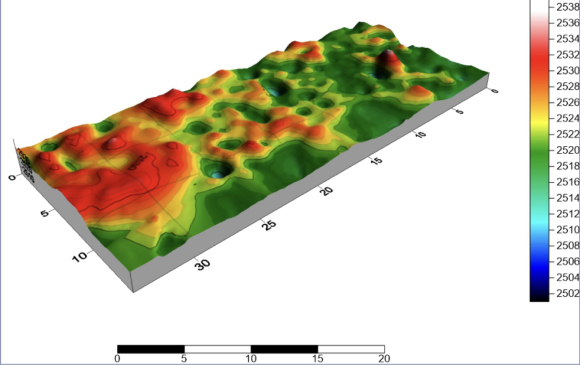
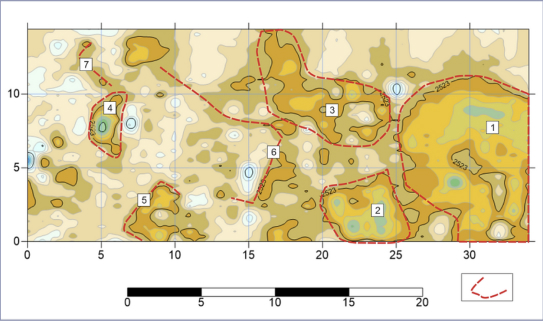
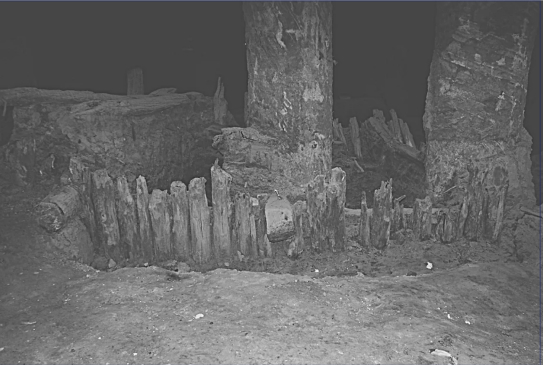
The research was conducted in 2017. Currently excavations of archaeological sites are continuing.
The team of specialists found cultural layers of the XV-XVI, XVII-XVIII and even XI-XIII centuries. Earth layers have preserved to our day decorations, ceramics, bottles, human bones and animal remains. At the same time, the archaeological Eldorado on Poshtova Square keeps many valuable finds and secrets in itself.
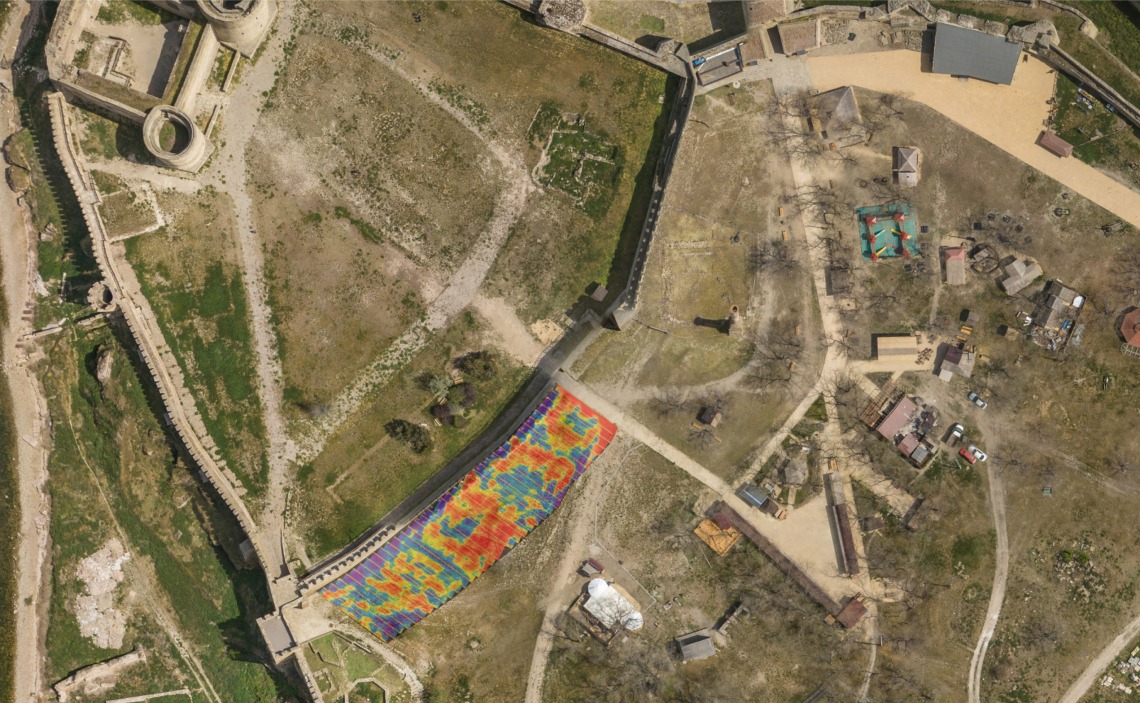
The Cucuteni–Trypillia culture, also known as the Tripolye culture, is a Neolithic–Eneolithic archaeological culture (c. 5200 to 3500 BC) in Eastern Europe.
It extends from the Carpathian Mountains to the Dniester and Dnieper regions, centred on modern-day Moldova and covering substantial parts of western Ukraine and northeastern Romania, encompassing an area of 350,000 km2 (140,000 sq mi), with a diameter of 500 km (300 mi; roughly from Kiev in the northeast to Brașov in the southwest).

